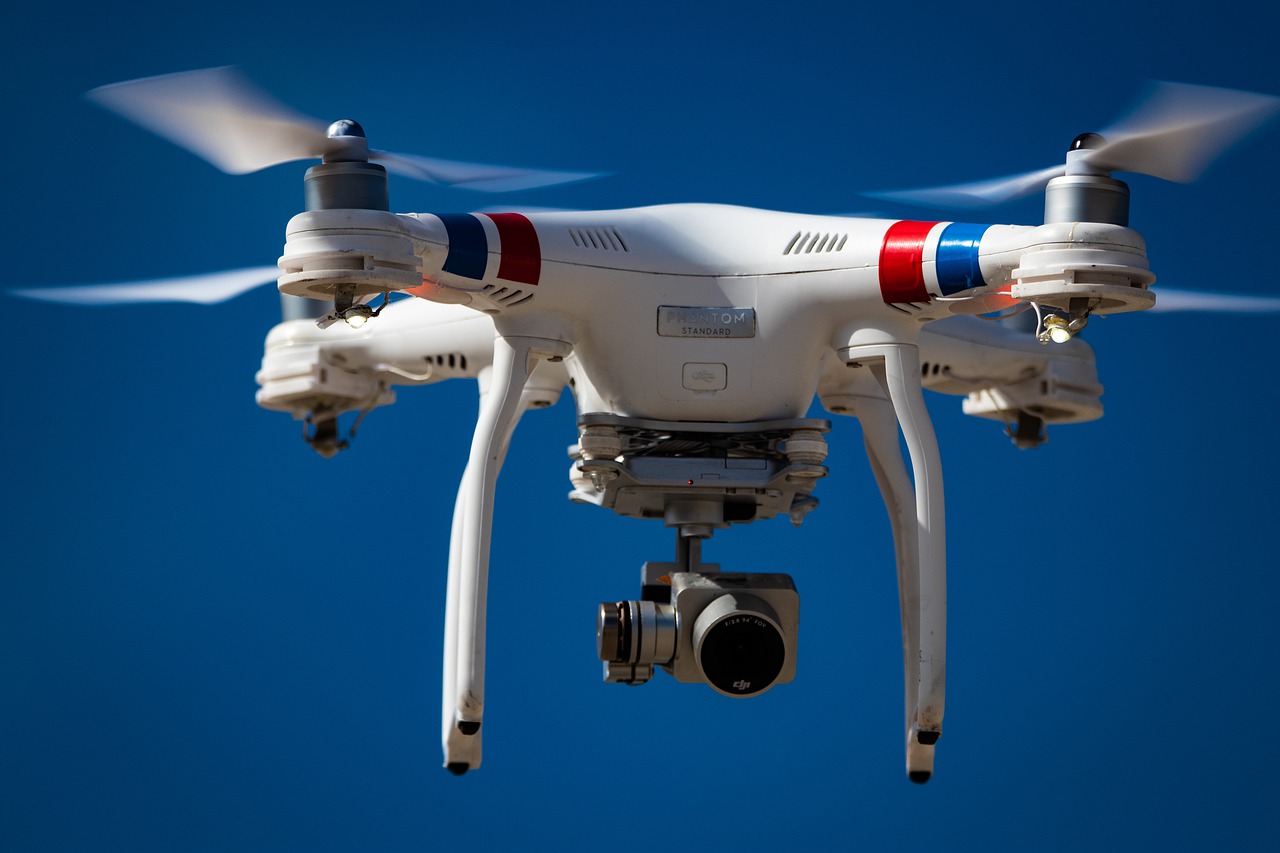This post is also available in:
 עברית (Hebrew)
עברית (Hebrew)
Abu Dhabi wants to advance the use of drones in the city for various tasks, from delivering packages to aiding in police operations to helping investigate crashes on highways to delivering high-value transports, like organs for transplant. With autonomy, though, comes risks of hackers and other security challenges.
A group of researchers from Purdue University has been tasked to make sure drones and their systems could operate securely, safely and efficiently in the United Arab Emirates capital. They received a three-year, $2.3-million grant from the Technology Innovation Institute in Abu Dhabi to study the application of secure drone swarms in urban environments.
The project requires expertise in autonomous vehicles, control, sensing, virtual reality and security.
The project will utilize one of Purdue’s unrivaled assets, the UAS Research and Test Facility featuring the largest indoor motion capture system in the world and offering unique capabilities for novel research.
A mixed reality environment will be built, combining a virtual reality urban environment with a scaled physical model of the city. The drones will fly and navigate the city, and the environment can be programmed to simulate a wide range of settings, including weather, traffic and urban development, to test the drones’ applicability and agility. The testing will be done with single vehicles as well as swarms, which could include 10 drones.
James Goppert, a visiting assistant professor in the School of Aeronautics and Astronautics and managing director of the UAS Research and Test Facility said: “Our unique capability is that we have such a large environment to do it.” “Just running so many vehicles at once is going to be a challenge. In the past, several vehicles have been used. But if we’re going to be running swarms where each vehicle needs a rendered virtual mixed reality image, that’s going to be really computationally challenging. That’s what we’re pushing forward.
“We thought we could try to bring it as close to real-life as possible to get as many of the bugs worked out before they actually deploy such a system. We can do it all in software, but there’s an added advantage in bringing it closer to reality by making some of it actual robots.”
Ultimately, all of the research will be integrated and pieced together around the state-of-the-art test bed, which could happen toward the end of the second year of the three-year grant, according to purdue.edu.


























